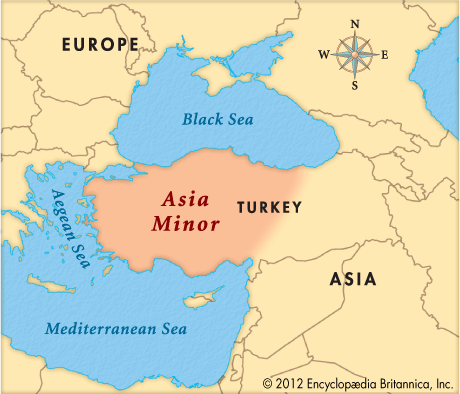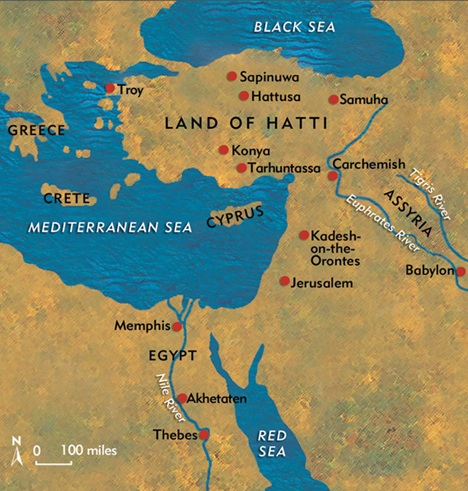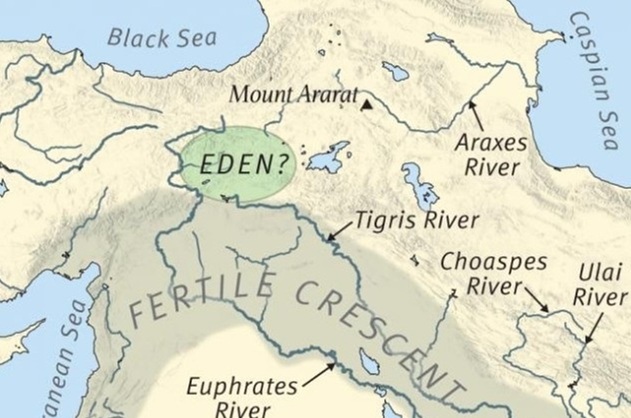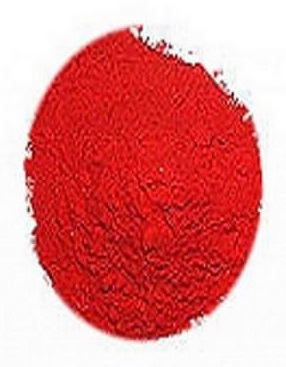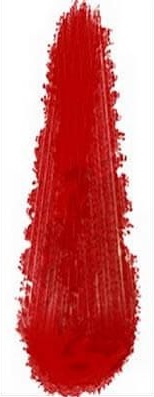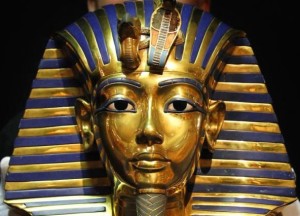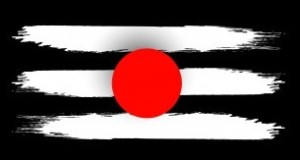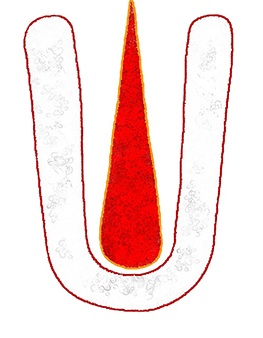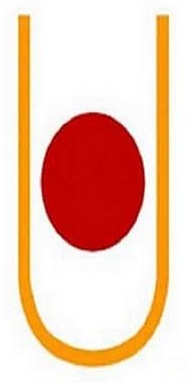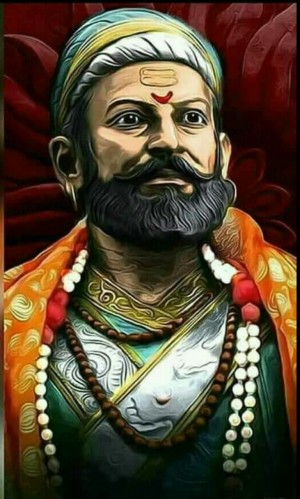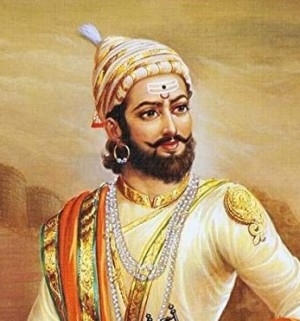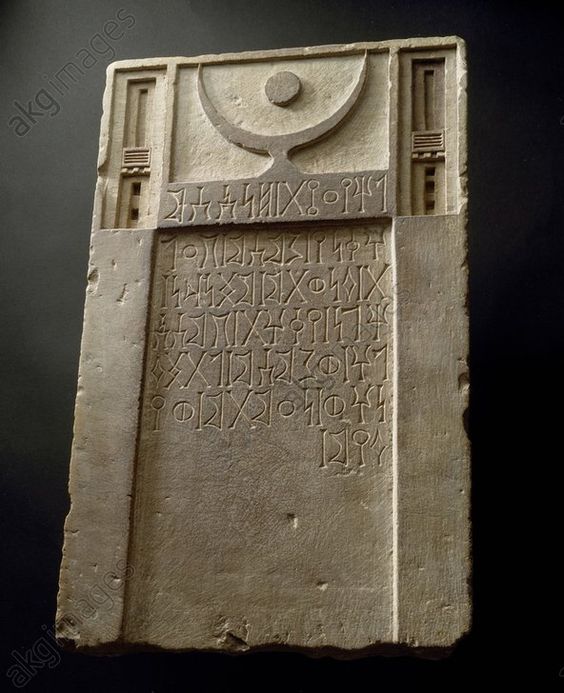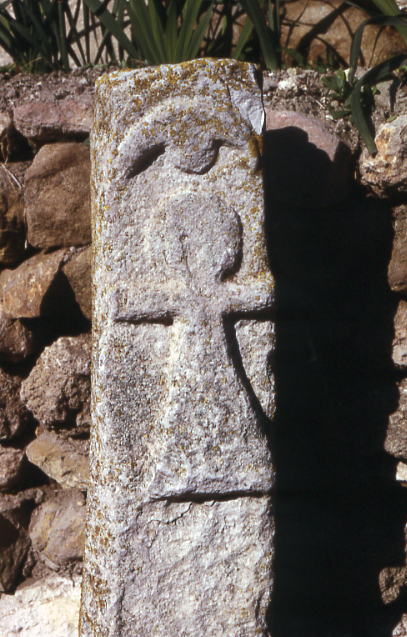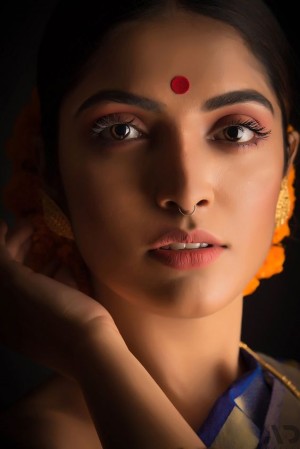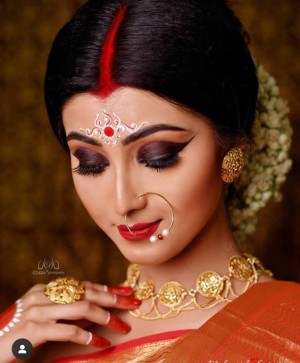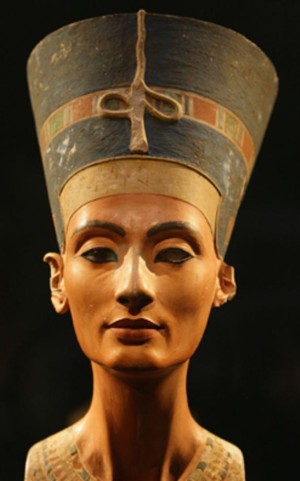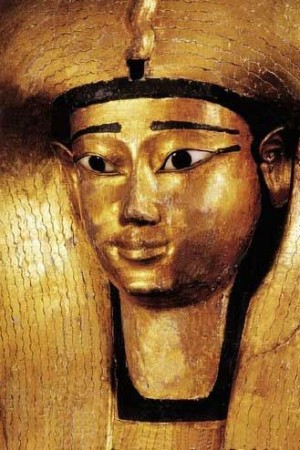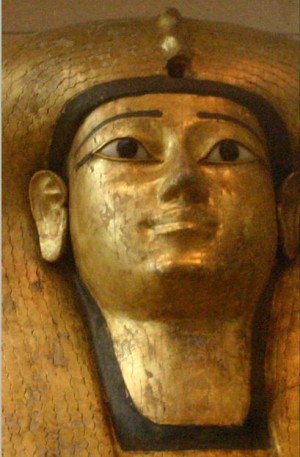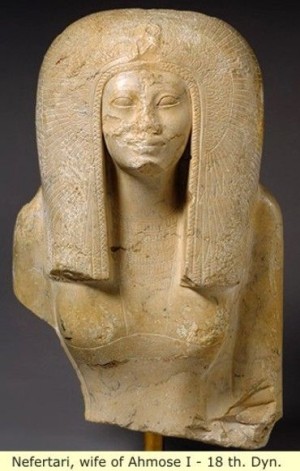
| TILAK / TIKA, BINDI AND SINDOOR
Tilak / Tika History :
Tilak / Tika is a mark on forehead done by a kumkum (red powder) or sandalwood paste.
To undertand Tilak / Tika we have to first understand history and how it all started and for this we need to understand Aryans and their history.
1. Aryans :
Aryan is a term which applied only to Angiras / Ali and his descendants this is the reason why Sumerians, Persians, Akkadians, Alexander the Great, Cyrus, Darius, Achilles and Angiras / Ali descendants living in India are called Aryans.
To understand Aryans history Lieutenant Colonel Laurence Austine Waddell books are very important.
To download his books you can Click here.
The history goes back to approx. 3378 – 3349 BCE.
There were 2 main cult in past. 1st is of Sun worshippers known as Aryans who were of Angiras / Ali dynasty and 2nd is Moon Cult.
1. The Sun worshipper Aryans :
The early dynasty of Angiras / Ali came from Danube Valley to Asia Minor. They were the wolf tribe, the seafarer wolves and were Swans the Red. They were the early Aryans and the Sun worshippers. They used symbols such as Cross +, Swastik and Hawk or Eagle to represent Sun.
The location of first Aryan King Thor / Indra / Adam (Great Grandson of Angiras / Ali) is located at Troy district of Mount Ida bordering Dardanelles in North-western Asia Minor.
Danube River
Asia Minor
Troy
Dardanelles 2.
The Moon Cult :
Amazons were mainly part of Moon Cult tribe but also contained Goths (Aryans).
There were 4 categories of Amazon women warriors in Eden :
•
Asa (Goth),
To know more about Amazon women warriors Click here.
The Moon Cult tribe lived in Eden. The Edda definitely places Eden at the Upper Euphrates called Uimer, the Omiras of the Greeks.
The history of Amazons starts from Eden located on Upper Euphrates.
There
are 2 Edens. One is located at Upper Euphrates the second is located
at Indus Valley (Sindhu) which was formed by King Thor / Indra /
Adam.
A. Location of Eden at Upper Euphrates :
Eden B. Location of Eden at Indus Valley (Sindhu) :
Lieutenant Colonel Laurence Austine Waddell in his book "The Indo-Sumerian Seals Deciphered" writes the following :
Place-names on the Indus Valley Seals and their Identification.
Disclosing "Edin" as Sumerian city-state on Indus, with capital "Khaitisiga" at Mohenjo Daro as "City of the Hittites" and "Saki-Land" as "S'aka-Land" of the Maga (or Magi) Sun-worshippers.
We now discover the location and identity in the Indus Valley of the chief place-names in the seals: "Edin" and "Khaiti-siga" and "Saki".
"Edin" the place-name most frequently recorded in these seals, we have already found recorded in the documents of the Early Sumerians and in the identical monogram as in these seals. There we have seen that the Sumero-Phoenician king Uruas (the Haryas'wa of the Vedas and Indian Epics the so-called "Ur-Nina" of Assyriologists) of S'irlapur on the Persian Gulf about 3100 B.C. claimed to have "built" or "caused to be built" two Edins as "Forts of the House of the Sun-god".
One of these was "Gu-Edin" in the Mesopotamian delta a few miles to the north-west of his seaport capital of S'irlapur and it continued to be regarded as so sacred that his grandson restored it, and Gudia (Gadhi of the Indian Epics and the "Gudea" of Assyriologists) about 2400 B.C. in one of his official documents confirmed its freedom from the payment of taxes thus showing that it was a shrine and not the name of the province of S'irlapur or Lagash as usually supposed.
The other Edin or "Edin" proper the site of which has hitherto been unknown we then found was a distant tributary state of King Uruas under the governorship of his eldest son and successor its "capturer" Lord (A-)Mad-gal the Mudgala of the Vedas and Epics. We further found that this Edin was described by the Sumerians as "The captured Land of Edin" wherein the word for "Land" is spelt by the word-sign Sakh which possibly connoted the "S'aka-Land" (or Land of the Sacae, Getae or Goths) of the Indian Epics and the especial seat of the Maga (or Magi) Sun worshippers in the Indus Valley.
We further found that this outlandish Edin was also called by the Sumerians "The Land (or city) of Saki of the temple (or house) of The Slave-girl" and was also defined as "Land (or city) of the Priest-queen of Bel". And we found that two of the seals on decipherment proved to be actually inscribed as those of "The Slave-girl" (Seals IV. and XV.).
3. History of Tilak / Tika :
The Indian prefixes Vri and Dhri were obviously added for descriptive purposes by the early Indian scribes who converted the Sumerian syllabic pictographic writing into the Indian alphabetic writing. For Vri in Sanskrit = "to cover, check, conceal" that is the sense of "a seal" which this Tekhi literally means in Sumerian. And Dhri has the analogous meaning of "keep down, restrain, preserve" which is also secondary meaning of this Sumerian " seal" word.
Indeed Dri-Tikr is a Sanskrit word for" seal" and we shall find that Sanskrit frequently intruded an r Cockney-wise into the old Aryan or Sumerian roots.
This Takhi "seal" word is also obviously the source of the modern Indian Tika for the caste mark on the forehead of Hindus.
And incidentally this Sumerian "seal" word, which has
also meaning "written tablet" is as I have shown under
its Dikh, Tikh and Dukh values, the parent of English words "Tick-et,
Tok-en, Dock-et, Docu-ment," etc., and the corresponding words
of this form and meaning which run throughout the Aryan family of
languages I-another instance of the Sumerian origin of the Aryan
languages.
This Tilak / Tika does not exist in other Aryan cultures and countries like of Persia, Egypt, Iraq, etc. the reason behind this that the Sun worshipper Aryans and Moon worshippers (Chaldees and Edenites) have Brahmins (priests) and Kshatriyas (warriors). When these people travelled outside Near East they needed a way to easily identify each other and hence the mark of Tilak / Tika came into existance.
The Aryan Brahmins and Kshatriyas use kumkum (red powder) while other communities and religions in India use kumkum (red powder) and/or sandalwood paste.
There are primary 2 types of Tilak / Tika in Angiras / Ali dynasty Aryans first is round and second is straight.
Tilak / Tika used by Aryan Brahmins
Tilak / Tika used by Aryan Kshatriyas The Round Tilak / Tika represents Sun and the straight Tilak / Tika represents Snake because the Moon cult (Chaldees and Edenites) also worshipped Snakes which we can see in egyptian statues.
The Sun worshipping Aryans i.e. Angiras / Ali dynasty married within the priestly community and kept Sun as their symbol in form of Tilak / Tika and the Kshatriyas born out marriage between Thor and Eve (Eve who was a Aryan Goth but was raised by Moon cult (Chaldees and Edenites)) kept Snake as they symbol in form of Tilak / Tika.
The Kshatriyas had done matrimonial as well as various other alliance with Moon cult (Chaldees and Edenites).
Pharaoh Snake Represent Moon Cult
Hawk Representing Aryan Sun and Snake Representing Moon Cult Various types of Tilak / Tika :
Trinity (Thor / Eve / Cain) along with Sun Cult
Trinity (Thor / Eve / Cain) along with Moon Cult
Crescent Moon with Snake used by Non-Aryans
Crescent Moon done by Sandalwood Paste with Sun used by Non-Aryans
Scythian Maratha King Shivaji with Crescent Moon, Trinity and Sun Tilak / Tika
Scythian Maratha King Shivaji with Crescent Moon, Trinity and Sun Tilak / Tika
Stele with inscription dedicated to the Sun Goddess Shams. Kingdom of Sheba (Yemen), 1st c. A.D. Discovered south of Sana’a. Limestone, 49 cm tall, 30 cm wide, 7 cm deep. Inv. no. YM 1965 Sanaa, National Museum Here, we can find Crescent Moon along with round dot which represents Sun.
To know more about Sun Goddess Shams Click here.
Stele with Tanit's symbol in Carthage's Tophet, including a Crescent Moon over the figure Here also we can find Crescent Moon along with round dot which represents Sun.
To know more about Tanit Click here.
In Ancient India (Bharat) as time passed by various new religions were formed by copying the Aryan scriptures and because they were impressed by Bhramins and Kshatriyas of Angiras / Ali Dynasty known as Aryans they copied this Tilak / Tika mark on their forehead and modified it.
There are various other styles of Tilak / Tikas but I am only showing which are widely used.
This way if you are Indian you can see the Tilak / Tika and come to know which religion / community they represent.
4.
Various types of Bindi used by Indian Woman representing Sun and
Crescent Moon :
Indian woman in Red Bindi representing Sun
Indian woman in Red Bindi representing Sun
Scythian Maratha Woman with Crescent Moon Bindi There are various other various other shapes of Bindi used for fashion purpose but the above Bindi images shown are used since ancient times.
5. Sindoor used by Aryan Indian Woman representing Snake :
Sindoor is put on by only married Aryan woman in India. This is now copied by women of different communities and now some of them also apply Sindoor on their head.
We can see statues of Royal Queens of Egypt have Snake on their crown.
Aryan Kings also ruled Egypt and we can find a transfer of culture from West to East by Aryans.
In India Aryans call their wife Queen of their heart and house. Whenever a newly wedded bride enters the house she is given the house keys and Safe Locker / Cash locker keys and every decision related to house is taken by the wife hence, in a way she is the Queen of the House and hence, Sindoor on head represents Snake as symbol of Queen.
Indian Married Woman in Bindi representing Sun along with Long line of Red Sindoor on head representing Snake of Moon Cult
Indian Married Woman in Bindi representing Sun along with Long line of Red Sindoor on head representing Snake of Moon Cult
Queen Nefertiti Snake Representing Moon Cult
Queen Ahhotep I Snake Representing Moon Cult
Queen Ahhotep II Snake Representing Moon Cult
Queen Ahmose-Nefertari Snake Representing Moon Cult |


